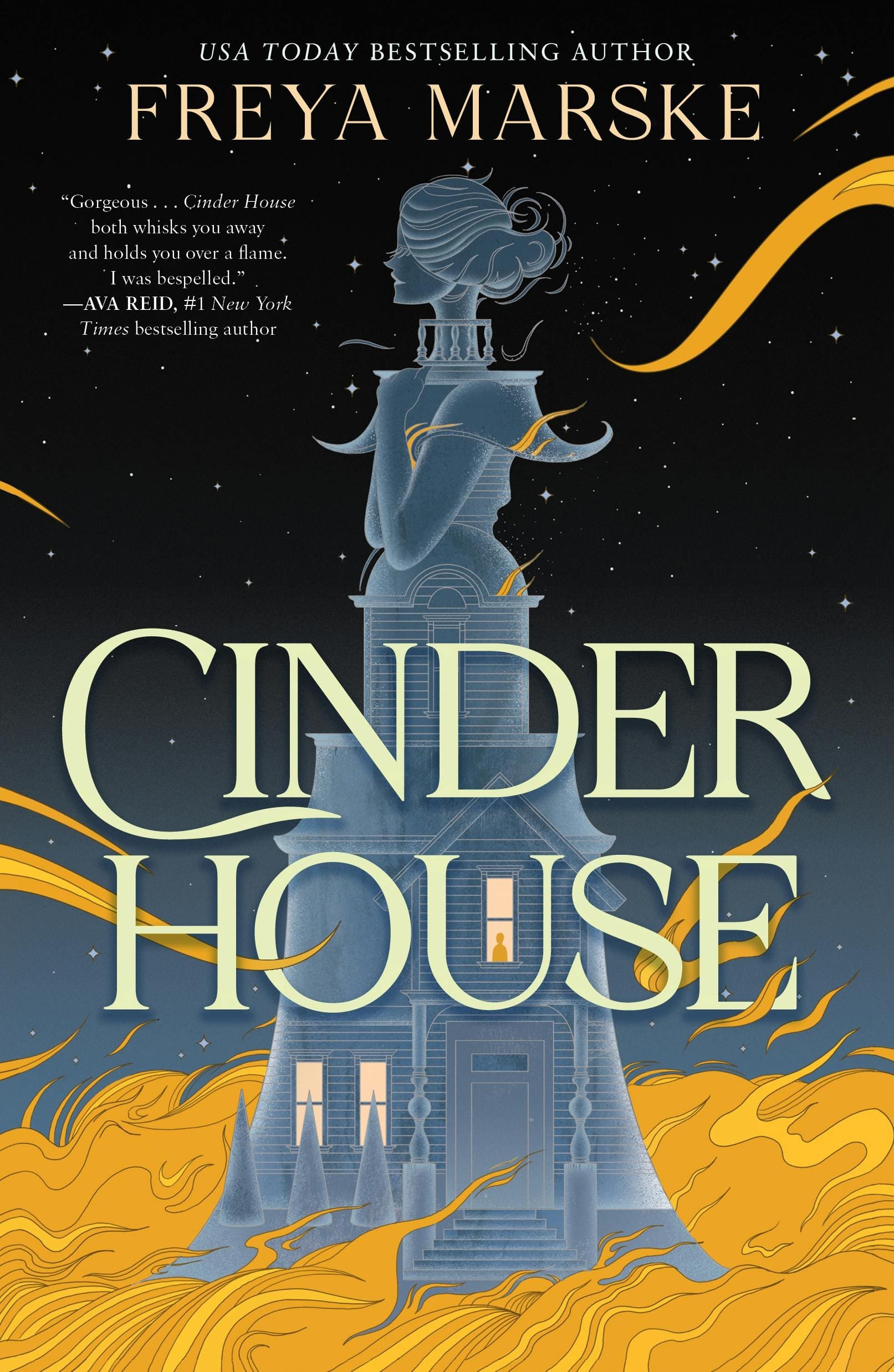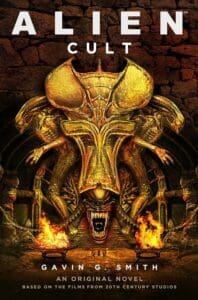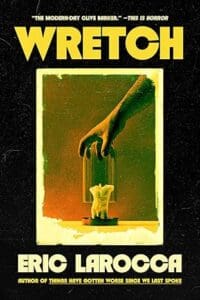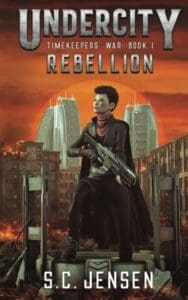
Synopsis:
Ella is a haunting.
Murdered at sixteen, her ghost is furiously trapped in her father’s house, invisible to everyone except her stepmother and stepsisters.
Even when she discovers how to untether herself from her prison, there are limits. She cannot be seen or heard by the living people who surround her. Her family must never learn she is able to leave. And at the stroke of every midnight, she finds herself back on the staircase where she died.
Until she forges a wary friendship with a fairy charm-seller, and makes a bargain for three nights of almost-living freedom. Freedom that means she can finally be seen. Danced with. Touched.
You think you know Ella’s story: the ball, the magical shoes, the handsome prince.
You’re halfway right, and all-the-way wrong.
Review:
I think we might have just about reached the saturation point for fairytale retellings, so it’s a delight to find that Freya Marske’s Cinder House is as good as it is. A clever twist on the Cinderella story that manages to hew surprisingly close to the original plot points while building its own complex world.
In Cinder House, the wicked stepmother is very wicked, indeed, murdering sixteen year old Cinder and her father on page one. Cinder becomes a ghost who both haunts the house and somehow is the house. But this is not as wild as one might expect, because the world of Cinder House is one of magic and faeries and sorcerers, so Cinder’s step-family (monsters all, obviously) take her haunting in stride, learning quickly how to bend her to their own wills and turning her into a perpetual servant, even in death.
Maybe a bit too much time is spent working out the exact nature of “ghost magic,” but Cinder’s quest to find some way to live a life even in death is compelling, as is her relationship with Quaint, the Faerie who she befriends and who acts as her magical assistant.
Of course, there’s a ball, and a prince, and slippers. The checklist is complete right down the line, though everything is warped in delightful ways.
There are some sudden tonal shifts, as when the book—which could easily be marketed as Young Adult—suddenly turns (tamely) erotic. And though the book is marketed as a “queer romance” I suspect many readers will be disappointed by that element, however technically true it might be.
Throughout, there are little mysteries and reveals that aren’t particularly surprising but are still somehow satisfying, which might just be the way fairy tales work. And the ending is both sweet and gently subversive, though it does little to really interpret Cinderella so much as use it as a clever and convenient skeleton to hang this fantasy story upon.
But I’d have been satisfied by less as a delivery system for Marske’s prose, which is sharp and controlled and colorful without being flowery.
In the end, Cinder House is a little slight, but then it is a fairytale, and it can be read in a sitting, so its slightness is by design. And it proves that after wave of wave of retellings, the shapes of the old stories never fail.









Leave a Reply